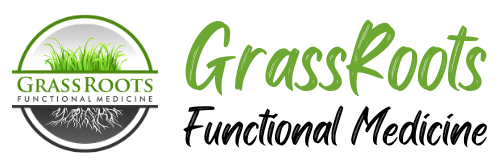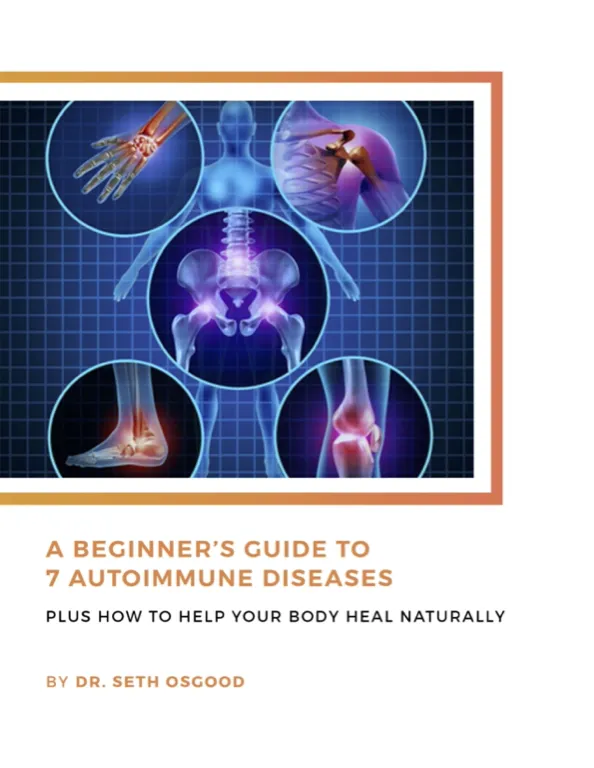Are you curious or confused about prebiotics, probiotics, or postbiotics? You’re not alone!
By now, most people know that gut health is hugely important. It’s an area many patients are looking to optimize, but the buzzwords can be confusing. The terms prebiotic and probiotic are often used interchangeably, and many people haven’t even heard of postbiotics (although they may be the most important!).
Here’s a simple breakdown to help you understand what they are, why they matter, the differences between them, and how to incorporate them into your wellness routine.
Why Good Gut Bacteria Matters
Every time you eat, you’re not just feeding your body, you’re feeding your gut microbiome. This is the ecosystem of trillions of bacteria that live in your digestive system.
They create vitamins and short-chain fatty acids, help you absorb nutrients, and digest your food. But their impact goes far beyond digestion. These microbes also play a role in neurotransmitter production (and therefore mood and cognition), immune function (including autoimmunity), thyroid levels, and hormone balance.
When it comes to your microbiome, the goal is diversity!
 Think of an ecosystem in nature. There are many different species of plants, insects, and animals interacting with each other, fulfilling their specific roles, and keeping any one thing from overgrowing. Your gut microbiome similarly needs a broad array of bacteria to fulfill its many jobs and remain in balance.
Think of an ecosystem in nature. There are many different species of plants, insects, and animals interacting with each other, fulfilling their specific roles, and keeping any one thing from overgrowing. Your gut microbiome similarly needs a broad array of bacteria to fulfill its many jobs and remain in balance.
Numerous studies have linked low microbial diversity to chronic diseases.
These include autoimmunity, chronic fatigue syndrome, allergies, diabetes, obesity, high cholesterol, PCOS, and more.
How does your gut microbiome become disrupted and lead to disease? Stress is a major factor, along with medications like antibiotics and NSAIDs, eating a diet low in fiber or high in sugar and processed foods, and not exercising and spending time in nature. Even the way that you were born has an impact!
Prebiotics, probiotics, and postbiotics all have a role to play in supporting a diverse microbiome.

Probiotics
Let’s start with the one you’re likely familiar with. Probiotics are the live beneficial bacteria that live in your gut microbiome. They occur naturally in your gut and are found in fermented foods, such as kimchi, sauerkraut, yogurt, kombucha, and tempeh.
Studies have shown that increasing probiotics may:
- Prevent diarrhea (particularly antibiotic-related diarrhea)
- Reduce your need for antibiotics
- Relieve depression
- Alleviate IBS symptoms
- Improve eczema
Prebiotics
These are plant fibers that feed the probiotics. Your body can’t digest them so they pass through your GI tract to become food for the bacteria and other microbes. Great sources of prebiotics are garlic, green bananas, onions, asparagus, flaxseeds, chia seeds, and chicory root.
Research has found that prebiotics:
- Support the growth of beneficial gut bacteria
- Improve calcium absorption
- May enhance metabolism and carbohydrate digestion
Postbiotics
These are what probiotics produce by feeding on prebiotics. As the bacteria ferment fiber in your colon, they create metabolites, including the short-chain fatty acids butyrate and propionate, that act as an energy source for the cells lining your colon.
Postbiotics are not as well known, but new research suggests they are responsible for many of the benefits previously associated with probiotics and overall microbiome health.
Research suggests postbiotics can
- Lower inflammation
- Support healthy cholesterol levels
- Help treat Crohn’s disease and IBS
- Balance blood sugar
- Reduce the risk of colon cancer
Postbiotics are not found in food directly, but you can promote them by eating more pre- and probiotic foods. They can also be consumed in supplement form, such as the PostBio Max product I use with many of my patients with digestive issues, autoimmunity, cardiovascular disease, or cognitive decline.
Food vs Supplement Form
I’m often asked if it’s better to take pre-, pro-, and postbiotics in supplement form or to eat them as foods. My answer is, it depends!
Food is the best medicine, so you want to get as much from your diet as possible. However, if your microbiome is all out of whack from multiple rounds of antibiotics, eating the Standard American Diet, or gut infections like SIBO or Candida, supplementation may be needed to re-establish your foundation.
Which Probiotic and Postbiotic Supplements are Best?
The next common question is, what kind of probiotic should I take? Unfortunately, there’s no one right answer here either. Some patients do better with certain strains or forms of probiotics, such as SIBO patients who typically can’t tolerate lactobacillus or bifidobacterium strains and do better with spore-based probiotics.
If you tend to tolerate traditional probiotics well, then I recommend a daily probiotic with 30-50 billion CFUs (colony-forming units) of beneficial bacteria.
My most common recommendations for the patients in our Adaptation Program are:
- A diverse diet with lots of fiber, resistant starch, and color to provide prebiotics
- RootFix FloraMax Daily for a probiotic
- RootFix PostBio Max for a postbiotic
That being said, I highly recommend working with a functional medicine provider to determine your specific needs for pre-, pro-, and postbiotics as a personalized approach is always best.
About the Author: Dr. Seth Osgood is a Doctor of Nursing Practice, Board Certified Family Nurse Practitioner and Institute of Functional Medicine (IFM) Certified Practitioner. Dr. Osgood received his post-graduate training in Functional Medicine through the IFM and from working with Dr. Amy Myers. He has helped people from around the world improve their health utilizing a Functional Medicine approach.
Want to work with Dr. Osgood and the GrassRoots team? Become a patient in our West Lebanon, New Hampshire Functional Medicine clinic, our Burlington, Vermont Functional Medicine clinic, or our Austin, Texas Functional Medicine clinic!





